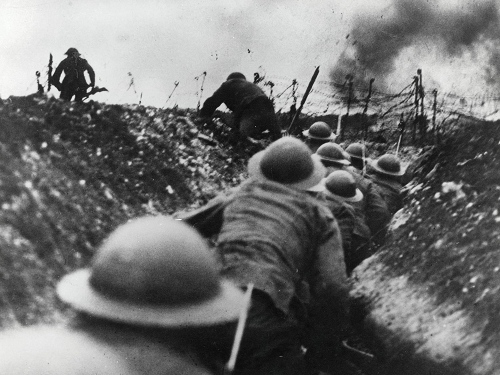During the first World War, tens of thousands of Irish men joined the British Army to fight in the Great War for Civilisation (1914-1918). They did this out of a sense of duty, to fight for the freedom of small nations, the promise of home rule for Ireland and to provide for their families.
They would have looked forward to a brighter future for Ireland after the War’s end, where returning soldiers would be welcomed home and greeted as heroes. However, many of those that did return home were vilified and ostracised after fighting for four years in unimaginable horror. In Clare alone 7,000 men went and fought, 418 of those from Kilrush. This documentary tells the story of four O’Higgins brothers from Liscannor, Co. Clare who fought in World War 1, one of whom died at the age of 23. The other 3 brothers were forever impacted by their experience and like many Irish soldiers who fought, were never commemorated or recognised for their service, much to the anguish of their families. We will capture their story delving into what happened to them and how they were finally recognised on the 50th Anniversary of the end of the War.
“The bitterest tears shed over graves are for words left unsaid and deeds left undone”
Presented and produced by Lee Costello and interviews conducted by Dermot Hayes, and researched by the O’Higgins family.


